
Tasmania (called "Tazzie" by most Australians) was very different than Western Australia. Temperate, even cold this time of year, rather than hot. Mountainous rather than flat. Covered with fields and trees rather than red sand and scrub.
Leaving Perth on Saturday, September 28, it took two flights (connecting through Melbourne) and most of the day to make it to Hobart in Tasmania's southeast corner..
We were greeted in the airport baggage area with this homage to the Tasmanian Devil, Tazzie's most famous symbol.

We were also reminded how seriously Australia takes biosecurity due to its large agricultural industry. The dog below is not sniffing for bombs or drugs, but rather for fresh fruit, vegetables and seeds brought in people's luggage.

We checked into the airport hotel and picked up our second campervan (identical to what we'd rented in Broome) the next morning. We spent the rest of the day unpacking into the van, getting groceries, and purchasing some long underwear for the cold, windy days.
We departed the Hobart area the next morning, knowing we'd be back for a couple days at the end of our time on the island. We took time to drive to the top of Mount Wellington which offers a commanding view of Hobart and its harbor.

We headed to the Tasman Peninsula on the southeastern coast. It's a place of high cliffs that drop dramatically into the sea.

We stopped at a beach area called the Tessalated Pavement, where small cracks in the rocks have been enlarged due to the salt crystals from sea water creating block-like patterns over thousands of years.

Continuing down the road, we viewed Tasman Arch...

...and then did a cliffside hike of about two miles.
Along the way we passed several bushes featuring a variety of colorful wildflowers and, in a flash of movement, our path was crossed by a kangaroo.
The next morning we toured the ruins of the Port Arthur Historic Site. You know that Australia was, in the beginning, a dumping ground for British convicts. Port Arthur was a secondary prison, reserved for the most hardened criminals whose bad behavior had continued after they'd been transported to "Van Diemans Land" (the original Dutch name for Tasmania).

Throughout the area, we saw Calla Lilies growing wild.
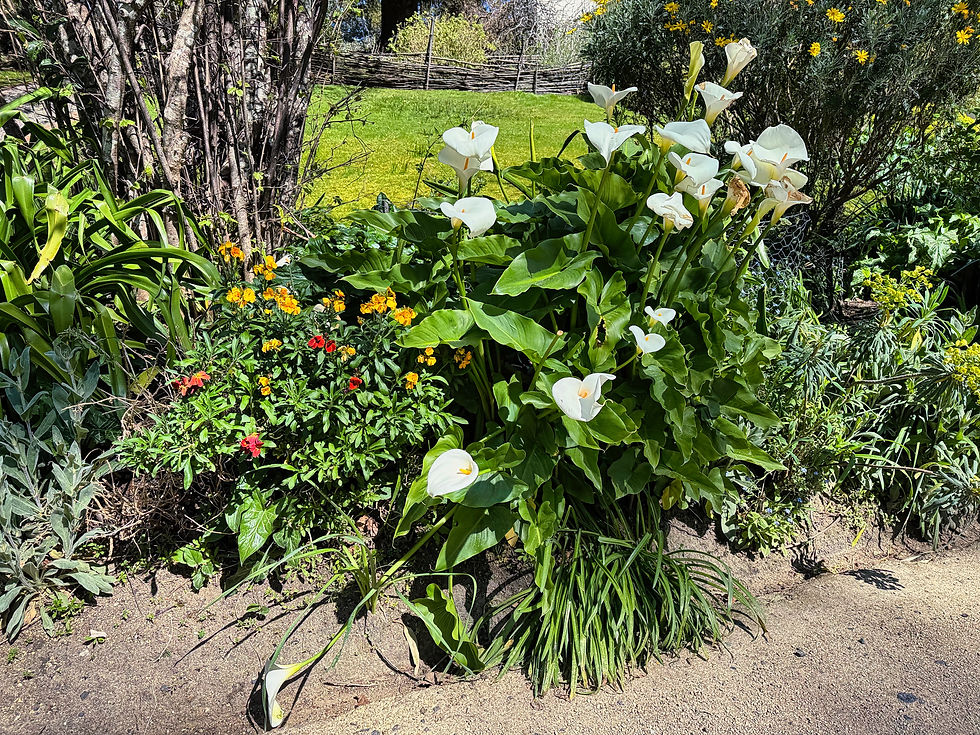
We started up the coast and overnighted near Freycinet (pronounced "fresh-eh-NAY") National Park. When we first came to Australia, our intention had been to spend more nights "freedom camping " (boondocking) and fewer in paid "holiday parks" (campgrounds). However, the heat in Western Australia meant that we really wanted air conditioning at night, and the nights in Tasmania have been going down to the 40s so we really wanted heat. Thus, we've stayed primarily at places where we could be plugged in. Also, we bought a step stool to get up into the van since we are so short.

We stayed overnight in the small town of Coles Bay at the entrance to Freycinet. Freycinet is on a peninsula, and Coles Bay sits where the peninsula branches off from the mainland. The bay sparkled in the twilight.

The next morning we drove into the national park and hiked to Wineglass Bay Lookout. The trail involved about 600 feet vertical climb, some of which was on 400 carved stone stairs.

The view at the top was, to say the least, spectacular with the white sand beach of Wineglass Bay far below us.

While taking in the view, we met a young couple who were visiting from Alexandria, Virginia - practically next door neighbors back home in the U.S.
We hiked back down and drove to a cliffside view near the Cape Tourville lighthouse that looked down the coast of the Freycinet peninsula.

We stopped by Sleepy Beach on our drive back to Coles Bay, and could see shoreside rocks colored with orange algae.

To see more of this phenomenon we spent the early afternoon driving another two hours north to the town of St. Helens, gateway to the Bay of Fires, where these colored rocks abound.


We overnighted in St. Helens, and the next morning turned inland to the city of Launcestor, second only in size to Hobart. One of its treasures is the Cataract Gorge Reserve, a steep rocky cut made by the South Esk River very close to downtown Launceston.


The gorge has a lot of natural beauty, and the Reserve also seems to serve as a famlly park and gathering place.
We hiked the Cataract Trail, built by the city in 1890, through the gorge out to the city.
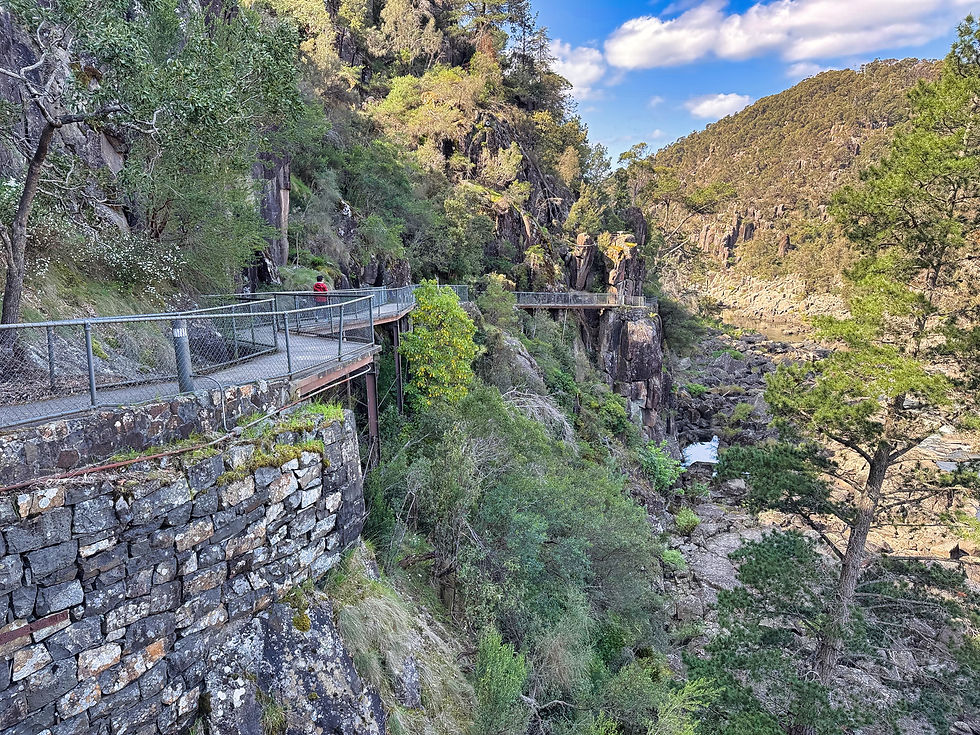

We also crossed a small suspension bridge...
...and rode a cute and very slow chairlift that crossed over a widening of the river.
At the far end, we found some peacocks strutting their stuff...

...and also the first kangaroo we'd seen up close in the wild on this trip, lounging under a tree.

We also saw some wallabies feeding in a field of daffodils. Wallabies are smaller relatives of kangaroos.

Since, as we've mentioned previously, we've been disappointed in the small number of animals we've seen, we decided to rectify that the next day by traveling to a few animal tourist locations. The first, in the town of Beauty Point, was Platypus World. This tourist site focuses on monotremes (mammals that lay eggs) and thus showcases platypuses and echidnas. Our guide was good at helping us see these elusive animals.

Platypus are very difficult to see in the wild, so it was exciting for us to see four of them (one male and three females) swimming around. They're very agile!
The echnidas were very cute and scooted around on the floor as we sat among them.

Next door to Platypus House is Seahorse World, a commercial seahorse farming company (for aquariums and private collectors) that provides guided tours of its facilities.

They had a small aquarium exhibit showcasing several different species of seahorses and seadragons.
In the farming area, we saw a "breeder tank" where pregnant males were hanging out. Yes, the males take the eggs from the females and then incubate them in pouches.
We also saw baby seahorses that had been born just that morning.

The seahorses are moved from tank to tank as they grow and live in the farm for about a year before they are exported.
We drove about an hour to reach Trowunna Wildlife Sanctuary, which functions both as a rescue and breeding center and a zoo. They've had very good success in breeding tasmanian devils. We arrived in steady rain, but still spent about an hour-and-a-half outdoors there and had a good time.
As kids, we were taught that the T.D. looked a certain way. The real thing is quite different.
We had a trainer show us some devils, including a very young tasmanian devil joey.

We also watched him feed part of a wallaby to one of the adult devils.

In addition to the tasmanian devils, we also saw a couple of kookaburras (they declined to laugh for us)...
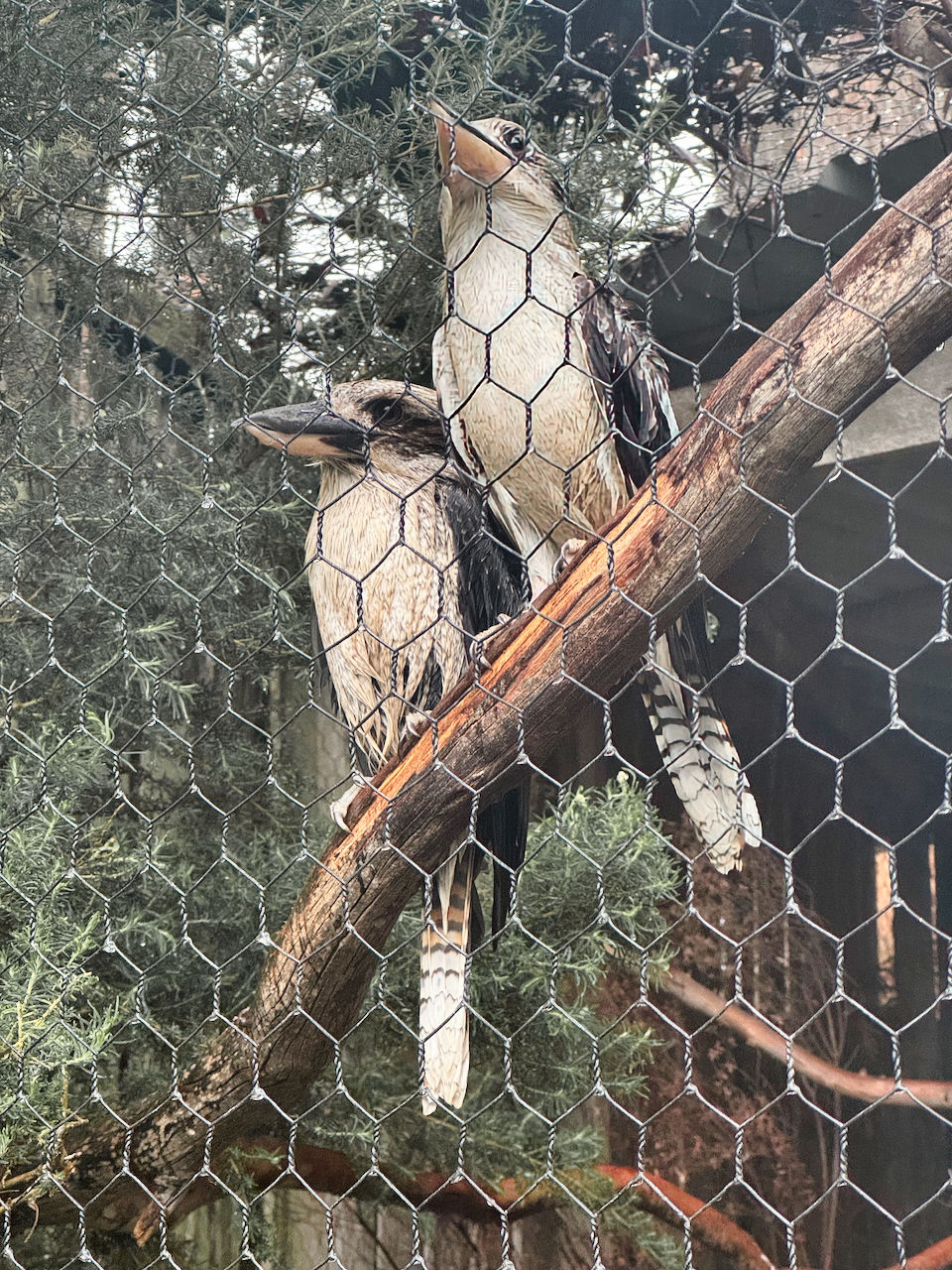
...and wombats. We learned that wombats' closest relation is the koala, with whom they share a number of characteristics (e.g., backward-facing pouch, bony plate over the stomach, and opposible thumbs on their hind paws).
There were a significant number of gray kangaroos onsite, many looking for a handout (they sold kangaroo pellets at the ticket counter).

We'd wanted to see some hopping action, and got that big time when the keepers came out and filled the feeding trough.
We left Trowunna and drove about another hour to reach our campground at Cradle Mountain. The final 30 minutes was wreathed in thick fog, so we had to travel the narrow and twisting roads slowly as we could only see about 50 feet in front of us.
Fortunately, the fog had lifted by the next morning. We were camped right outside the entrance to Cradle Mountain - Lake St. Clair National Park, a high wilderness plateau in the middle of Tasmania. After checking in at the visitor center, we took the shuttle bus (cars are not allowed to drive into the park) to our main destination for the day, the four-mile-long circuit trail around beautiful Dove Lake, which sits below Cradle Mountain.

The trail is a combination of gravel and boardwalk, with a short but steep section of stone steps.
The views were beautiful even though it was a cold and occasionally rainy day. We saw a bright parrot hiding in the bushes noisily munching on its lunch of berries.

We took the shuttle back to the visitor center, drank a latte to warm back up, then shuttled to another section of the park where we hiked through a rainforest landscape of green moss and saw huge King Billy Pines (some at least 6 feet in diameter).
The next morning we woke up a bit late because Tasmania had just changed to Daylight Savings Time. We ate a breakfast of oatmeal and blueberries, then drove to Tasmania's west coast and the town of Strahan (pronounced "strawn"). We used the afternoon to do some grocery shopping, our laundry, and take showers.
On Monday morning we arrived at the Strahan docks for a six-hour river tour with World Heritage Cruises up the Gordon River. The Gordon has its source deep in the interior mountains, and the cruise takes you into a wilderness area that occupies the entire southwest of Tasmania.


Macquarie Harbor is six times the size of Sydney Harbor and is reached through a narrow entrance called Hell's Gate that we visited during our cruise.

We stopped at Sarah's Island for a tour. Before Port Arthur opening in the 1830s, Sarah's Island was where the most hardened criminals were sent. The prison only lasted 11 years, and in the intervening 180 years the buildings have fallen into ruin and nature has reclaimed much of the island.
During the cruise we were allowed to wander around the ship, including the bridge, which looked quite modern with video screens for all the major controls.
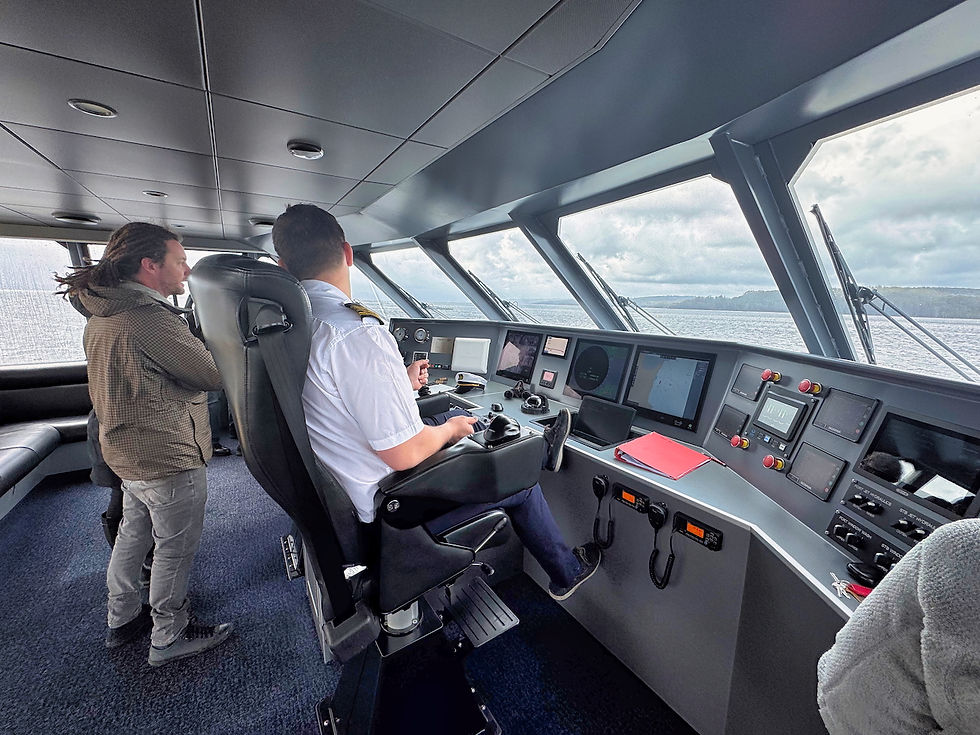
Finally we reached the mouth of the Gordon River and traveled about 15 kilometers upstream through the wilderness.

We docked again and had a short walk through the rainforest on a boardwalk constructed as part of the world heritage site.
Our cruise lasted about six hours overall, and we felt like we experienced all four seasons in a single day!
Our drive back to Hobart took us on the one road that goes through the wilderness with majestic views along the way, including snow-dusted peaks.

We checked into a holiday park near the Hobart airport and spent the rest of that day and the next morning repacking everything into our luggage, checked into the Travelodge at the airport, and returned our campervan.
We Uber'd into downtown Hobart and spent the afternoon at the Royal Tasmanian Botanical Garden. We usually try to see gardens when we visit a city, and these were lovely.
There was a conservatory with beautiful orchids...
...a water garden...

...a culinary garden with fruits and vegetables like artichokes...

...a section on native Tasmanian plants like these ferns...

...and a lovely Japanese garden.
On our last full day in Hobart, we visited the Salamanca Square area near the harbor, a place with tons of restaurants, shops, and art studios.


We ate at the Machine Laundry Cafe, where you could do your wash AND enjoy a delicious breakfast if you wanted.
We also spent some time at the Tasmanian Museum and Art Gallery, which had both science exhibits and artwork, as well as a section highlighting the culture of Tasmania's indigenous tribes.

On Friday, October 11 we departed Hobart at 6:05 am and, connecting through Sydney, arrived in Christchurch, New Zealand in late afternoon. More about our time in NZ's South Island in an upcoming blog post!

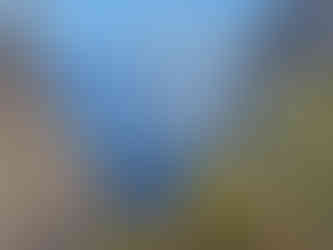











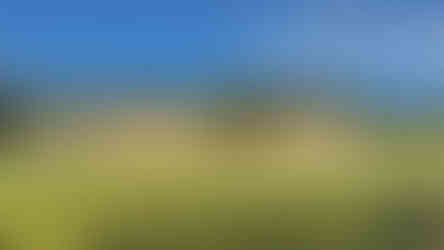




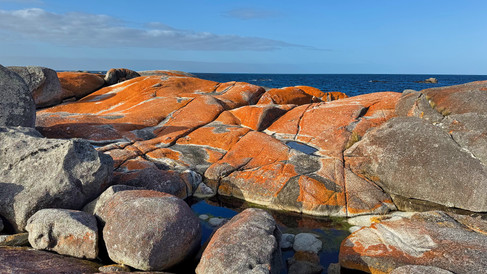
























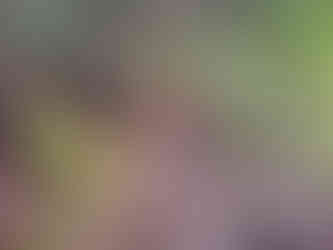
































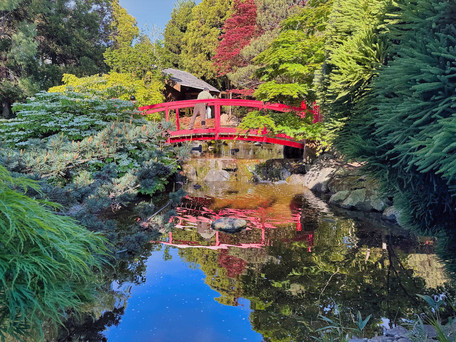






Fascinating to experience Tasmania through your adventures! Tim's uncle was from Tasmania, a place we never got to visit, though we made it to mainland Australia to visit other relatives.